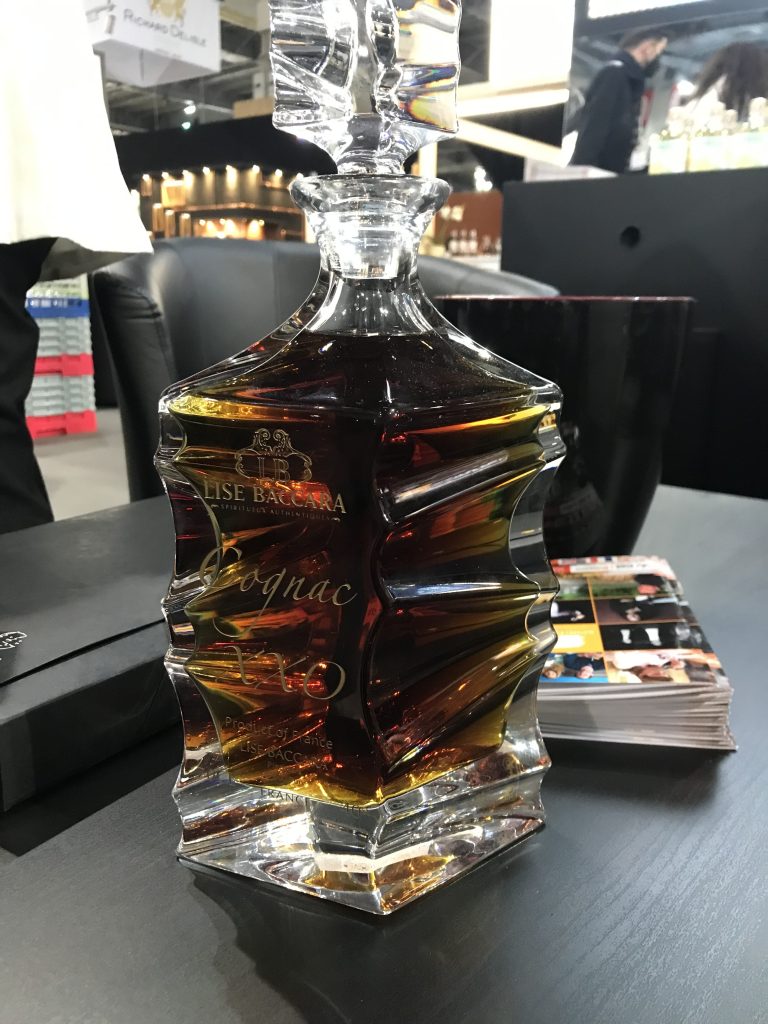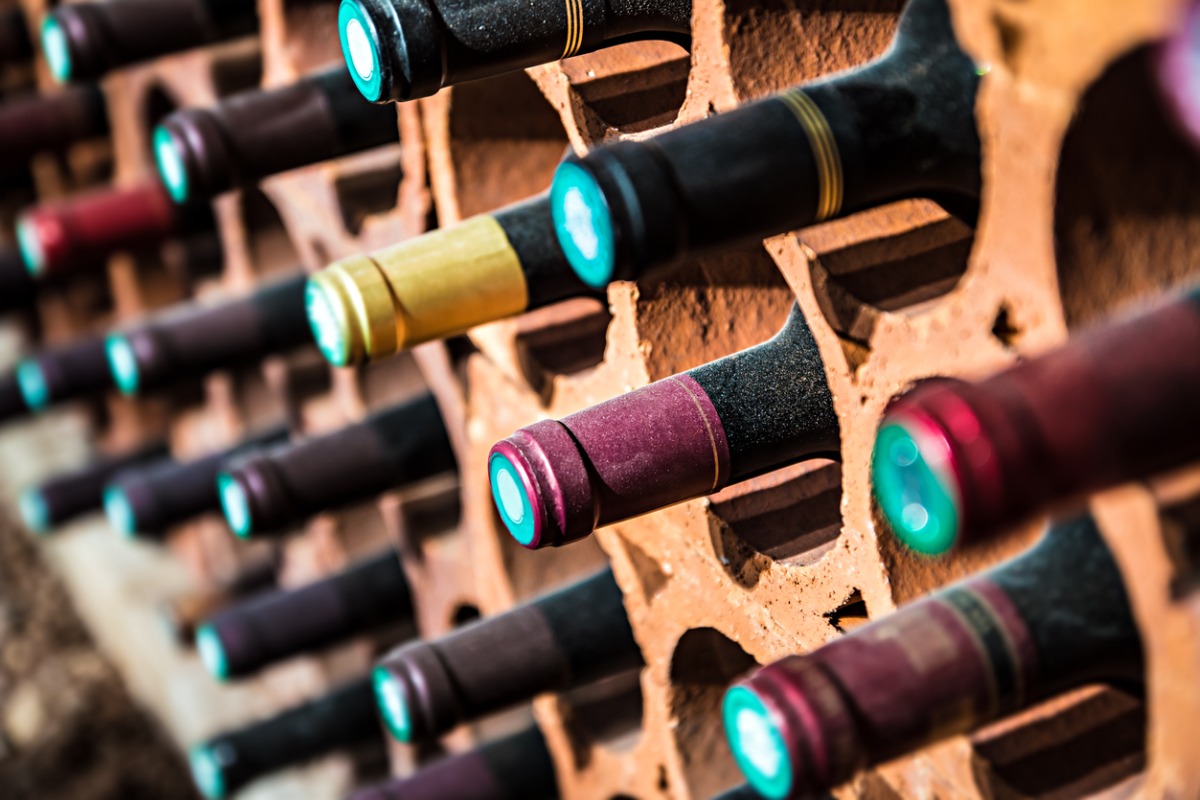Giuseppe Minissale attended Wine Paris last month, with spirits standing out, while the Loire, Burgundy and Provence also proved areas of interest for the former Chairman of Alcohol Beverages Australia.
For Minissale, senior liquor consultant and owner of several Porter’s Liquor Stores, Wine Paris (held on February 13-15) was the first major drinks event since the pandemic began.
“It was a big party to be honest. Everybody was so happy to be there, and so happy to get out,” Minissale told The Shout.
“It’s probably one of the more enjoyable shows I’ve been to.”
A shrunk capacity (and a degree of reticence amongst would-be attendees) meant that the show was slightly smaller than usual, which allowed exhibitors and attendants more time to speak.
Australian ‘delegates’ seemed to attract particular attention from brands and regional representatives: “Australia was really popular, there were only one or two others from Australia there, and people really wanted to talk to you and arrange appointments.”
A spirited offering
Surprisingly, it was not wines that immediately caught the attention of Minissale, but spirits – particularly the packaging and design of some of the lesser-known Cognac houses.
“There were a lot of spirits at this show, which is a category growing quite strongly in France,” Minissale said.
“There are about 2,800 exhibitors at Wine Paris, and about 500 would have been spirits.”
“I was surprised by the size of the spirits category. No surprises that gin and vodka were leading the way, but it was the small distillery Cognacs that I found quite fascinating.”
“They were generally very good quality, and the packaging was out of the world. I was surprised to see a lot of age statements, which were demanding a high Euro price in relation to wine.”
With the trend towards premiumisation showing no sign of slowing, Minissale expects the market for higher end Cognac to grow in Australia.
“We’ve already signed agreements to import products from two speciality players in this space.”

Chardonnay trouble
In the wine category, Minissale noted the ongoing issues affecting French Chardonnay production, with the grape so often a mainstay of the French wine market.
“It’s no secret that Burgundy and Chablis have been smashed with frosts this year – but right across the country, Chardonnay and whites in general have been damaged and are facing a major shortage.”
Minissale reported that the cost of Chardonnay in the bulk market is over $12 a litre, placing even the cheaper bottles in the retail market at north of $20 each.
On the other hand, Minissale does not expect this shortage to have much an impact on the Australian market, as although French wines are growing in Australia, it is from a small base.
Part of the reason for this lower market for French wines in Australia, as Minissale sees it, is the quirks of the French ‘village’ labelling system, which relies upon a degree of understanding in the drinker.
“The traditional labels are struggling to make entryway through the Australian market,” Minissale said.
“The labels that are making headway through the Australian market, and are becoming comfortable and growing, are those that have been anglicised.”
There are other economic issues facing French wines too, with the increasing cost of freight and the Euro’s exchange rate against the Australia dollar making for a more expensive product, even before the bottle hits the retail market.
“Even though the French are really keen to enter this market, and are really keen to educate Australians, the product is benchmarked against Australian products with a similar pricing, and they’re not really any better or worse.”
Loire and Provenance offer opportunity
Minissale highlighted two regional wine groups that are investing in an Australian market for French wines: the Loire Association and the Provence Association.
“Certainly in French Rosé in Provence, I found an openness and a willingness to work in Australia,” Minissale commented.
He also offered the statistic that there are currently 1.83 million bottles of Provence Rosé coming into Australia, assessed by Moving Annual Total, with an average Euro price of €4.90.
“So that says to me, we have a good demand and a good recognition of Provence. We are accepting of its wines because we understand it and it suits our climate and our palate,” Minissale added.
“From a Porter’s point of view, there’s some big upsides in this category.”
The Loire Valley, and white Burgundy wines also stood out in the show, with Minissale saying he has already arranged follow up meetings regarding possible import opportunities.
Concluding, Minissale did have one negative comment: “Booking a restaurant in Paris during the show was just about impossible.”

